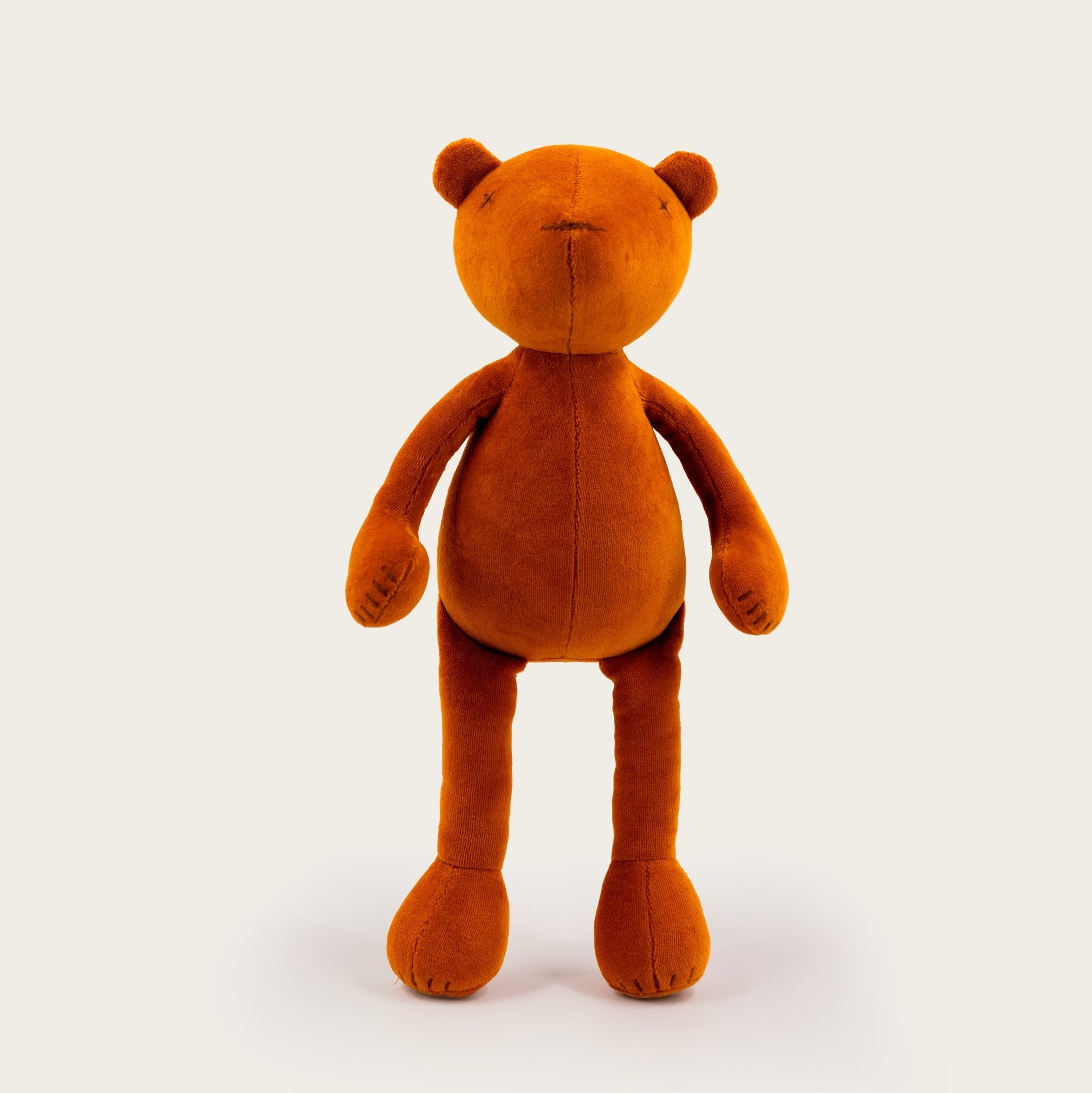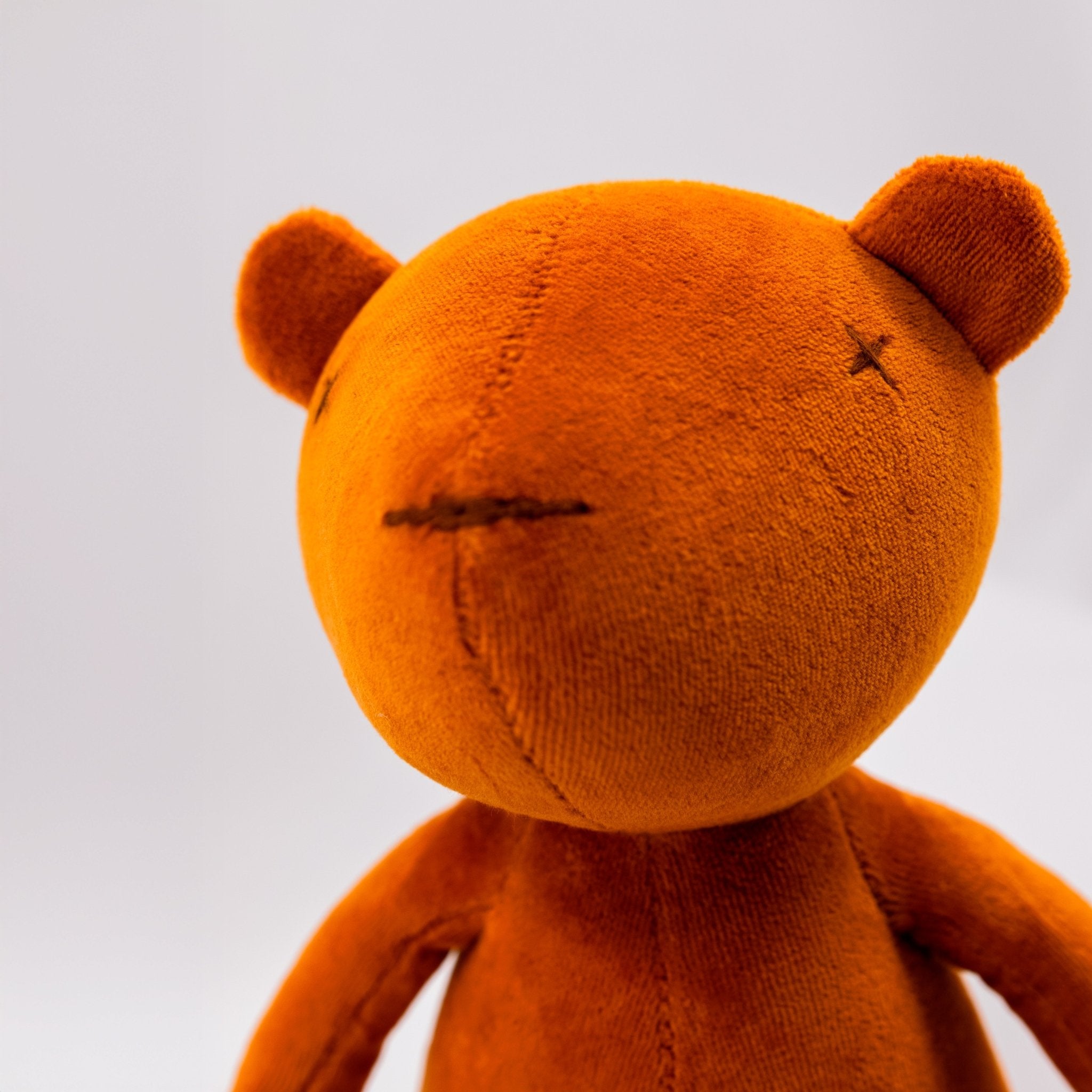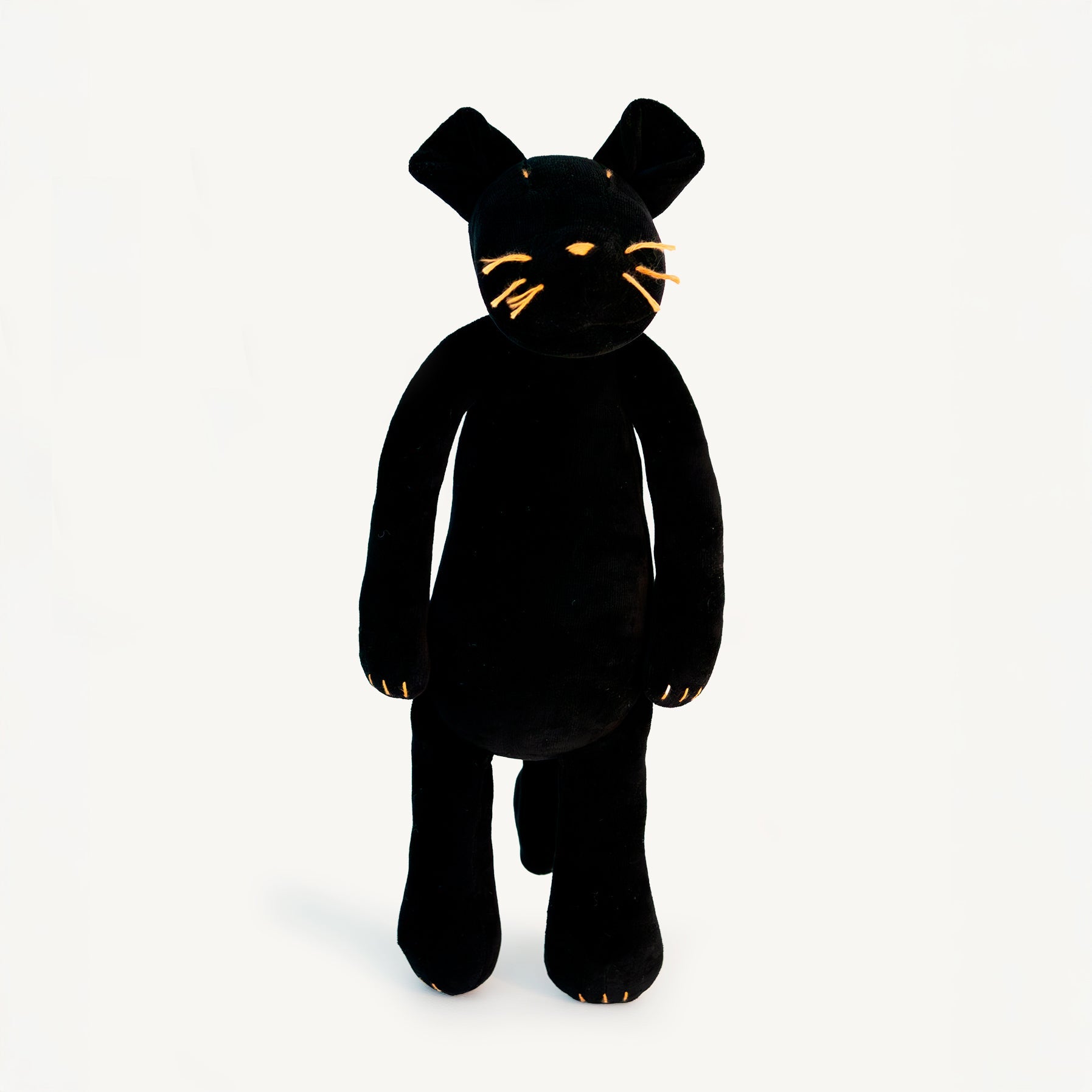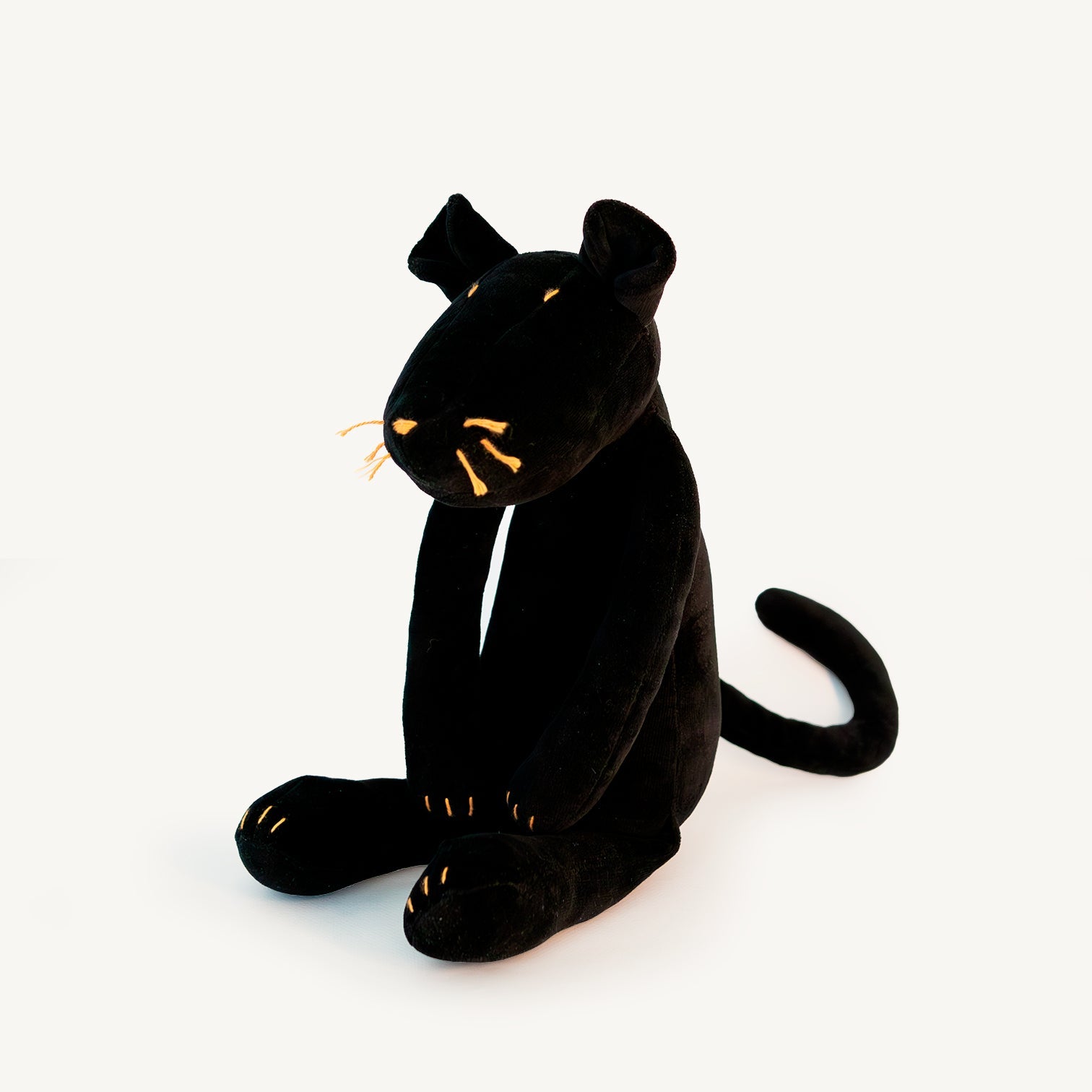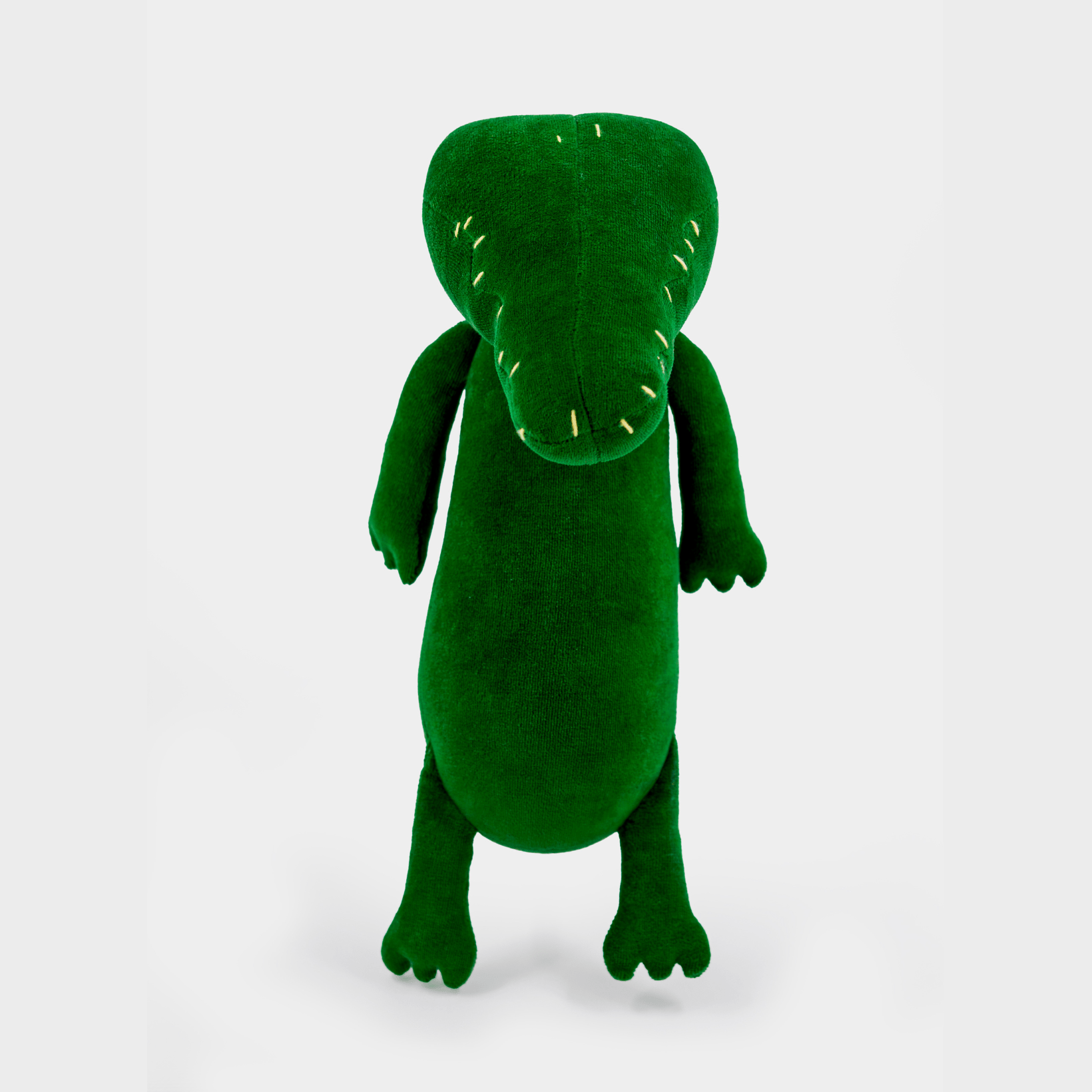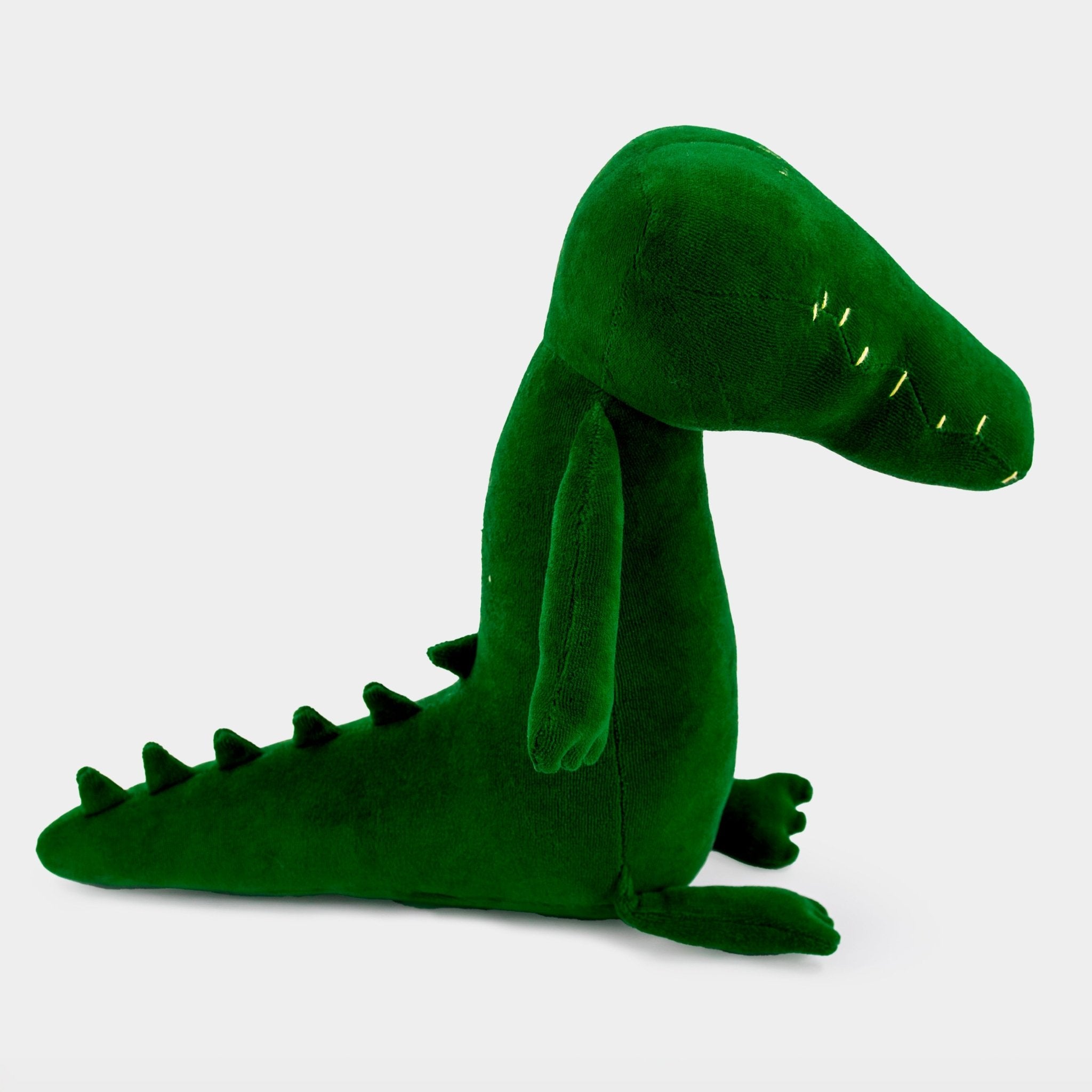
At what age do children start to love stuffed animals?
Soft toys have always been comforting companions for children. Whether it's a long-eared rabbit, a cuddly bear or a quirky mouse named Hector, these cuddly friends often become treasured objects in the first few years of life. But at what age do babies start to love cuddly toys, and how does this bond develop? Let's explore when children generally begin to bond with their cuddly toys - and how parents can encourage this emotional play.
At what age do babies love stuffed animals?
Most babies start to take an interest in plush toys between 6 and 12 months. At this age, they begin to grasp objects, explore textures, and seek comfort beyond physical contact with their parents. Plush toys - especially those with contrasting colors or small bells - offer both sensory stimulation and a sense of security.
That said, newborns (0-3 months) don't yet have the motor or cognitive skills to really interact with toys. No matter how cute a stuffed toy in the crib may be, it's important to follow sleep safety guidelines: nothing soft in the crib until at least 12 months, to reduce the risk of suffocation.
At what age do children become emotionally attached to cuddly toys?
While babies enjoy exploring textures from as early as 6 months, emotional attachment to a specific stuffed toy generally appears between 12 and 24 months. It's at this time that toddlers seek out comforting objects (often called transitional objects) to help them cope with separation from their parents or new experiences.
By the age of 2 or 3, many children have a favorite stuffed toy that they sleep with, talk to, and take everywhere - they may even give it a name and a personality. This bond is not only endearing: it's also essential for emotional development and imagination.
How Parents Can Encourage Play and Attachment
Here are a few tips to support a child's natural attachment to his or her stuffed toy:
1. Offer soft toys at the right time
Introduce soft toys at around 6 months - but away from the bed at first. Let your baby explore them during supervised playtime.
2. Make the right choices
Choose safe, high-quality materials. Avoid buttons or small parts, and opt for washable, hypoallergenic fabrics.
3. Observe preferences
See which soft toy your child spontaneously turns to. They often choose their favorite cuddly toy on their own - and once the bond is there, it becomes part of the routine.
4. Encourage imaginative play
Around the age of 2 or 3, children start to play pretend with their stuffed toy. You can accompany him by miming scenes: feeding the cuddly toy, putting him to bed, or talking to him as if he were a character.
5. Respect attachment
If your child becomes attached to a stuffed toy, value this relationship. It brings him comfort and emotional stability, and helps him get through certain stages, such as sleeping alone or starting nursery school.
In conclusion
At what age do children start to love cuddly toys? Babies start to take an interest between 6 and 12 months, but it's usually between 12 and 24 months that a real emotional bond is created. Much more than just toys, soft toys help children develop emotionally, autonomously and imaginatively.
At Adada, we believe that a well-designed plush toy is a true companion for life. Discover our collection of artist-designed animals to find your child's ideal companion.







